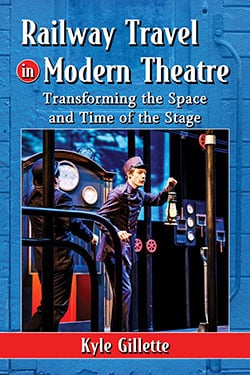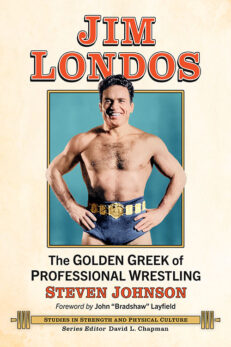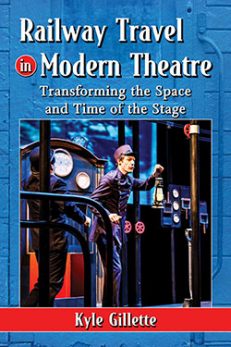Railway Travel in Modern Theatre
Transforming the Space and Time of the Stage
Original price was: $55.00.$27.99Current price is: $27.99.
In stock
About the Book
Railway travel has had a significant influence on modern theatre’s sense of space and time. Early in the 20th century, breakthroughs—ranging from F.T. Marinetti’s futurist manifestos to epic theatre’s use of the treadmill—explored the mechanical rhythms and perceptual effects of railway travel to investigate history, technology, and motion. After World War II, some playwrights and auteur directors, from Armand Gatti to Robert Wilson to Amiri Baraka, looked to locomotion not as a radically new space and time but as a reminder of obsolescence, complicity in the Holocaust, and its role in uprooting people from their communities. By analyzing theatrical representations of railway travel, this book argues that modern theatre’s perceptual, historical and social productions of space and time were stretched by theatre’s attempts to stage the locomotive.
About the Author(s)
Bibliographic Details
Kyle Gillette
Format: softcover (6 x 9)
Pages: 228
Bibliographic Info: notes, bibliography, index
Copyright Date: 2014
pISBN: 978-0-7864-7776-0
eISBN: 978-1-4766-1606-3
Imprint: McFarland
Table of Contents
Table of Contents
Acknowledgments ix
Preface 1
Introduction: Theatre and Locomotion 5
Part I: Upholstered Realism and the Great Futurist Railroad 21
One. The Upholstered Realism of Henrik Ibsen 26
Two. F.T. Marinetti’s “Great Futurist Railroad” 46
Part II: Loco Motion: Railway Perception, Relativity and the Stage 61
Three. Stanisław Witkiewicz’s The Crazy Locomotive 65
Four. Staging Relativity: Robert Wilson’s Einstein on the Beach 79
Part III: History, the Railroad and Political Theatre 99
Five. The Locomotive Technology of Epic Theatre: Erwin Piscator’s Adventures of the Good Soldier Schwejk 104
Six. Locomotion After Auschwitz: Armand Gatti’s Seven Possibilities for Train 713 Departing from Auschwitz 123
Part IV: Locomotive Social Space on the American Stage 141
Seven. The American Train of Thought: Thornton Wilder’s Pullman Car Hiawatha 146
Eight. “In the flying underbelly of the city”: Amiri Baraka’s Dutchman 169
Afterword: End of the Line? 197
Notes 203
Bibliography 211
Index 217







